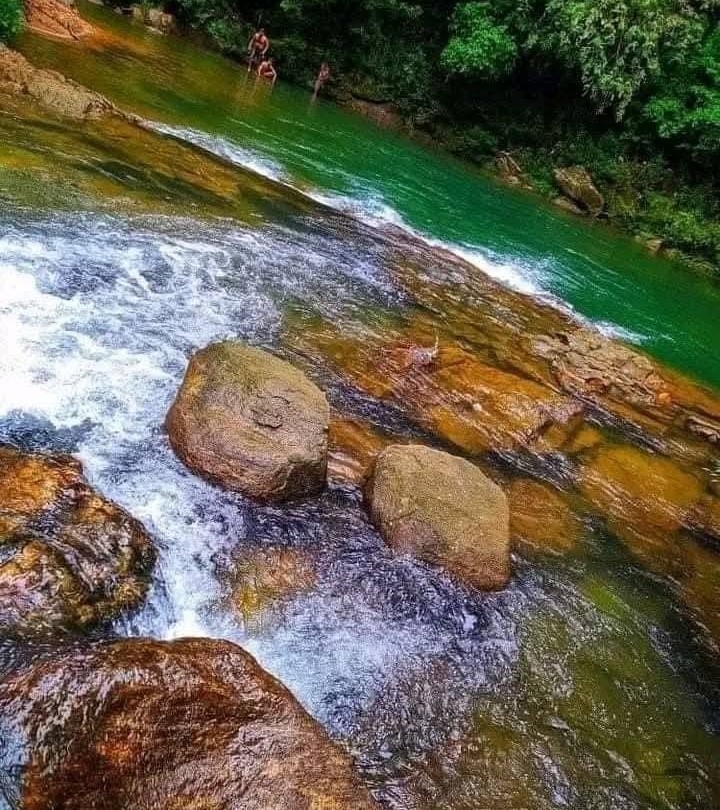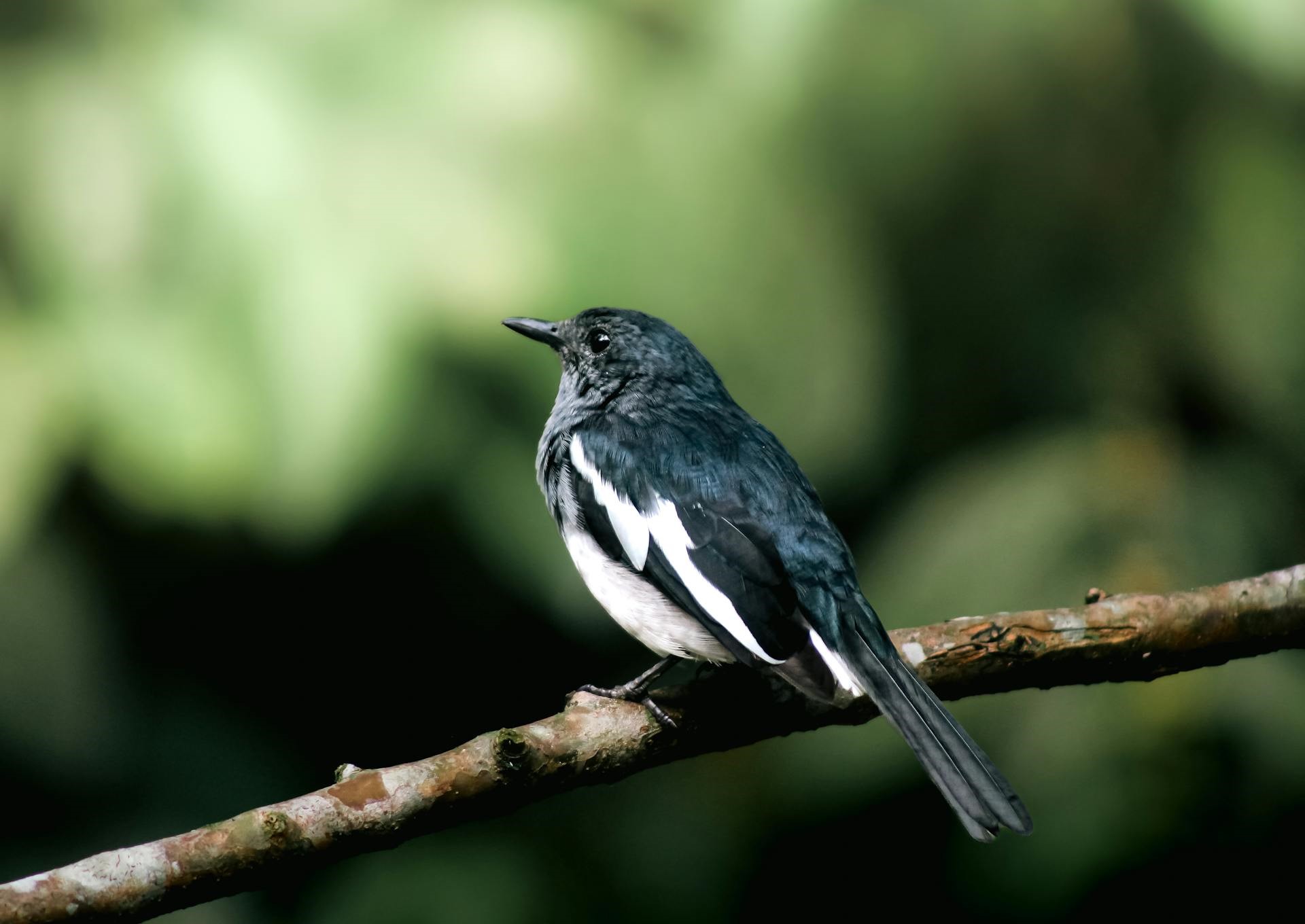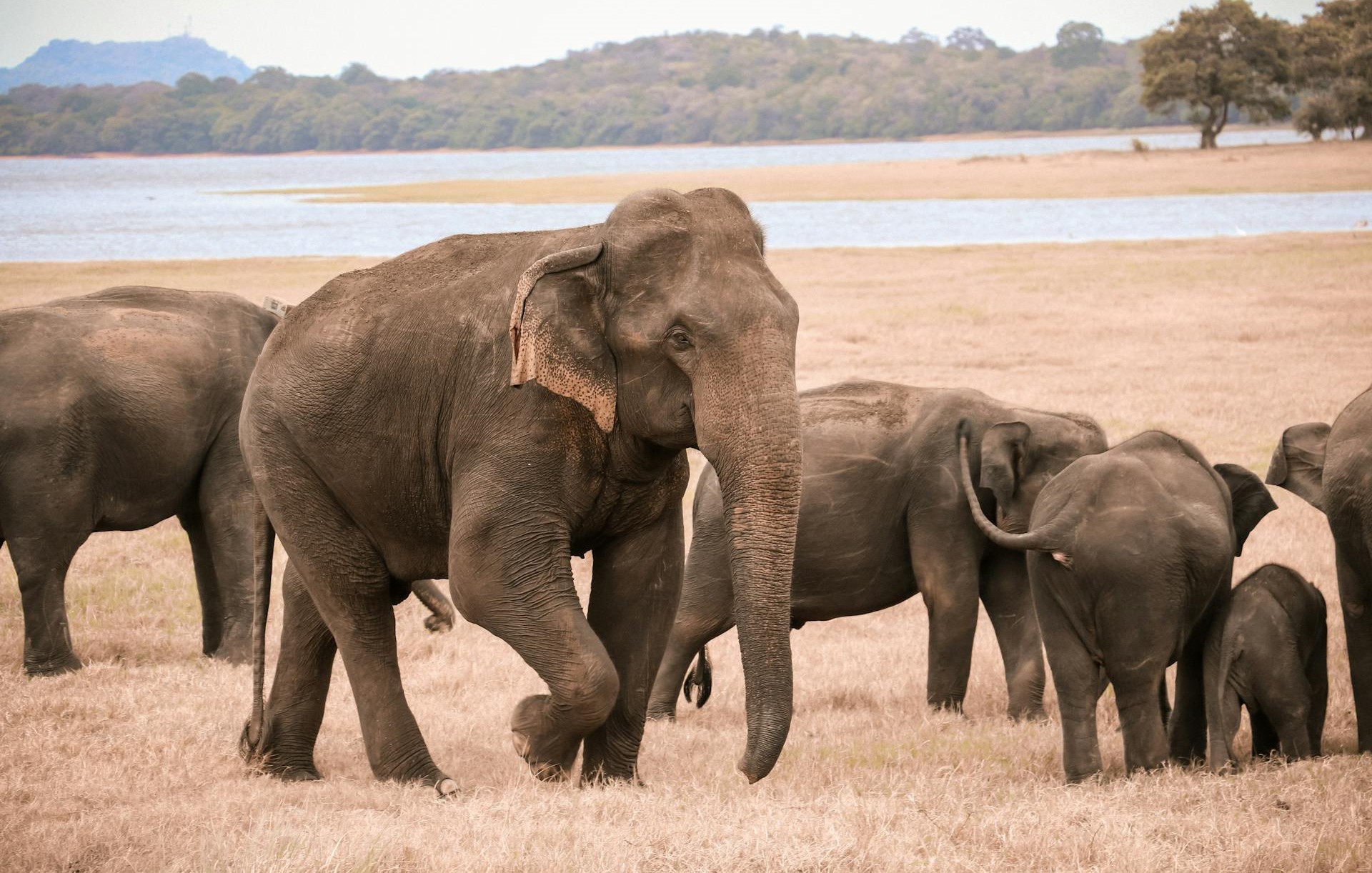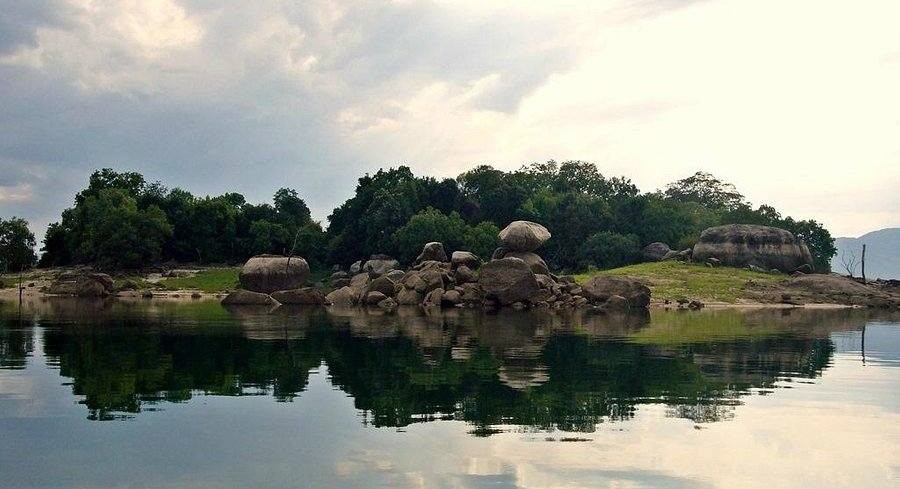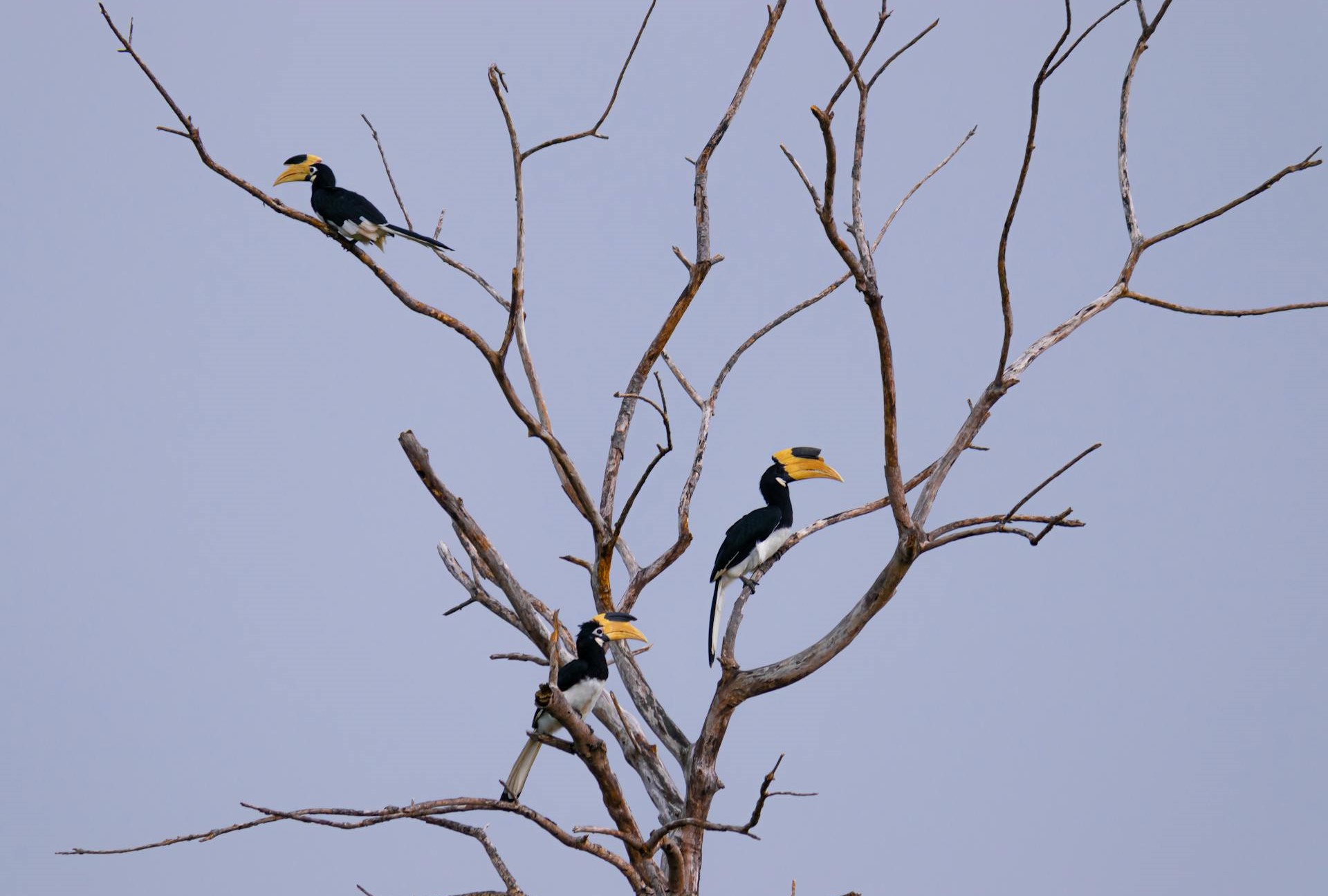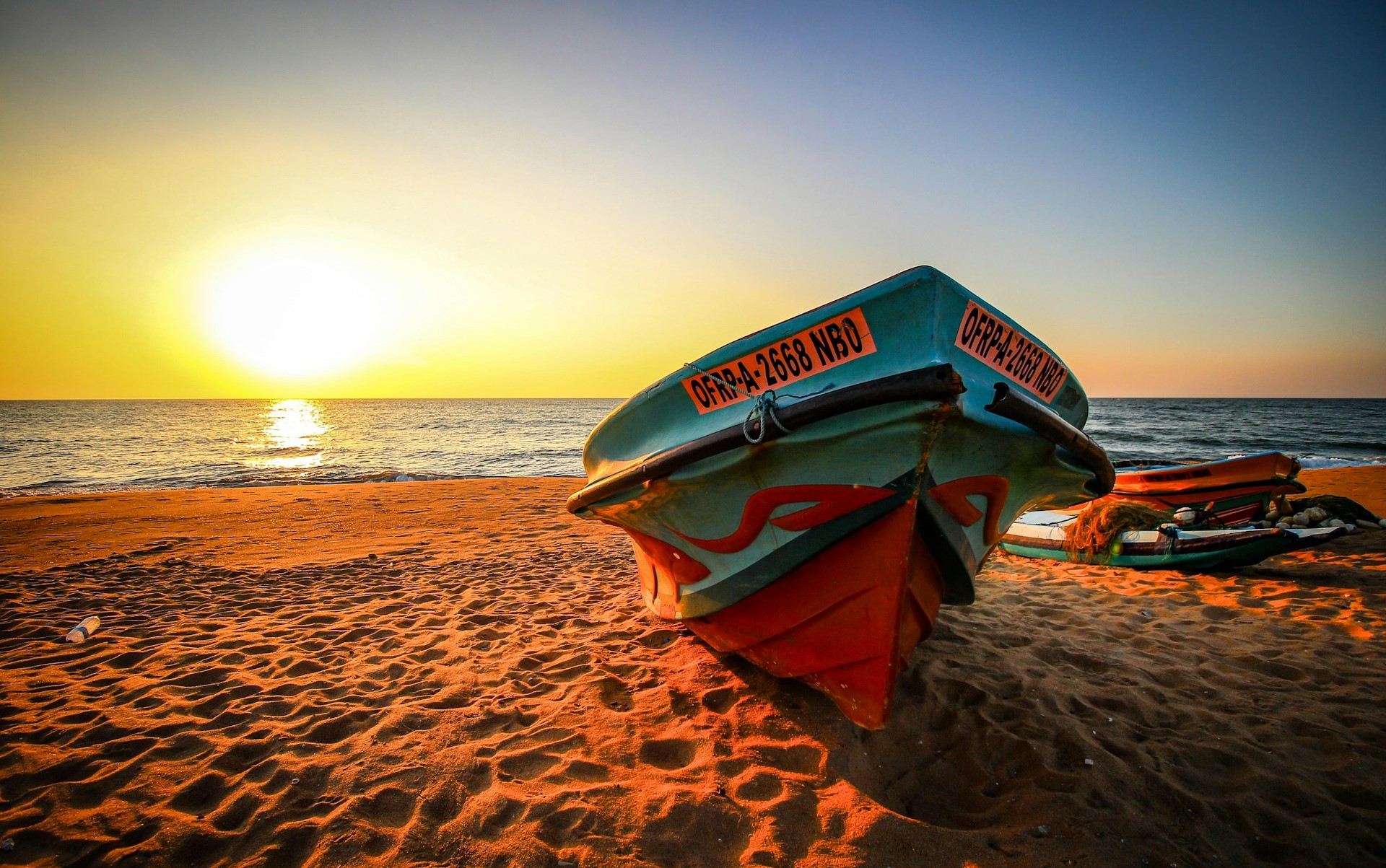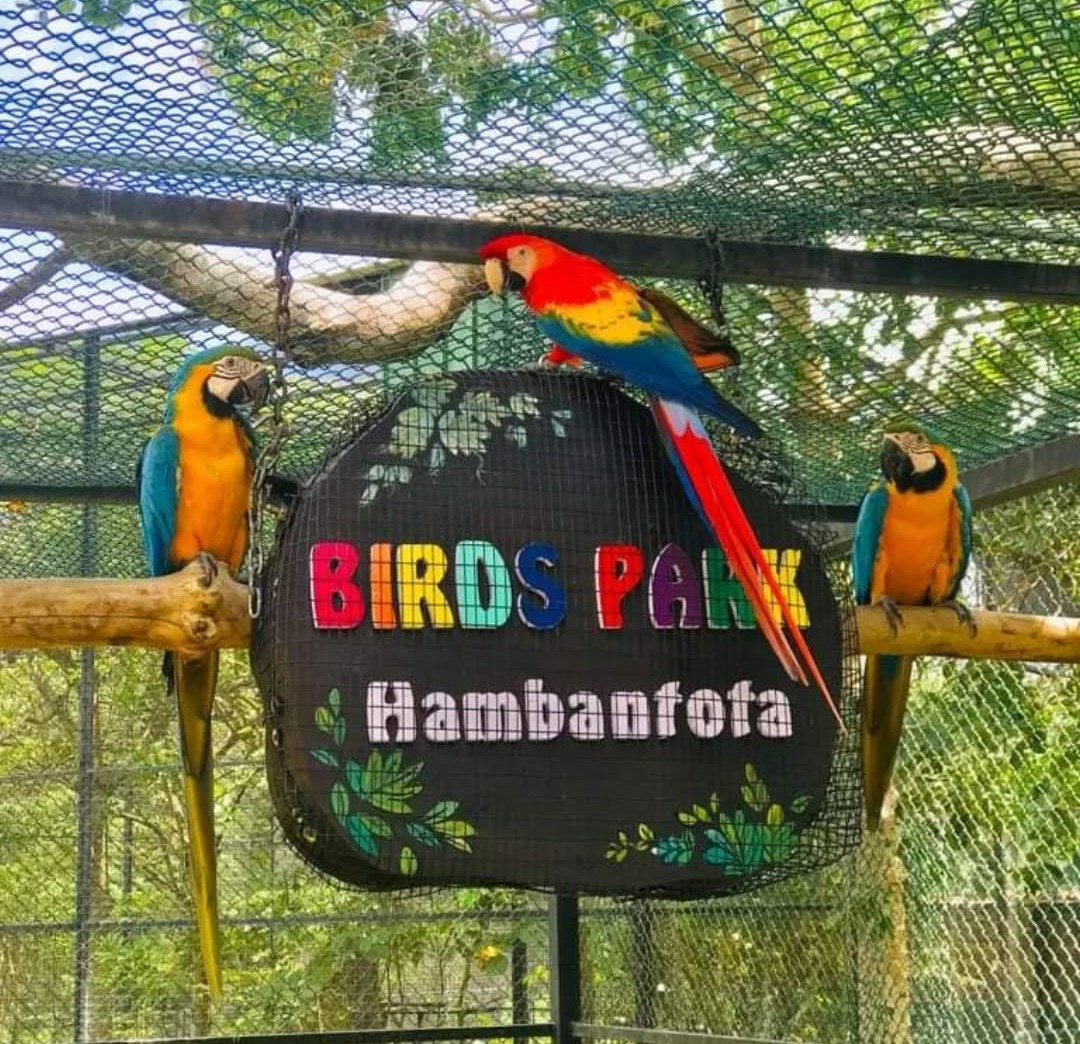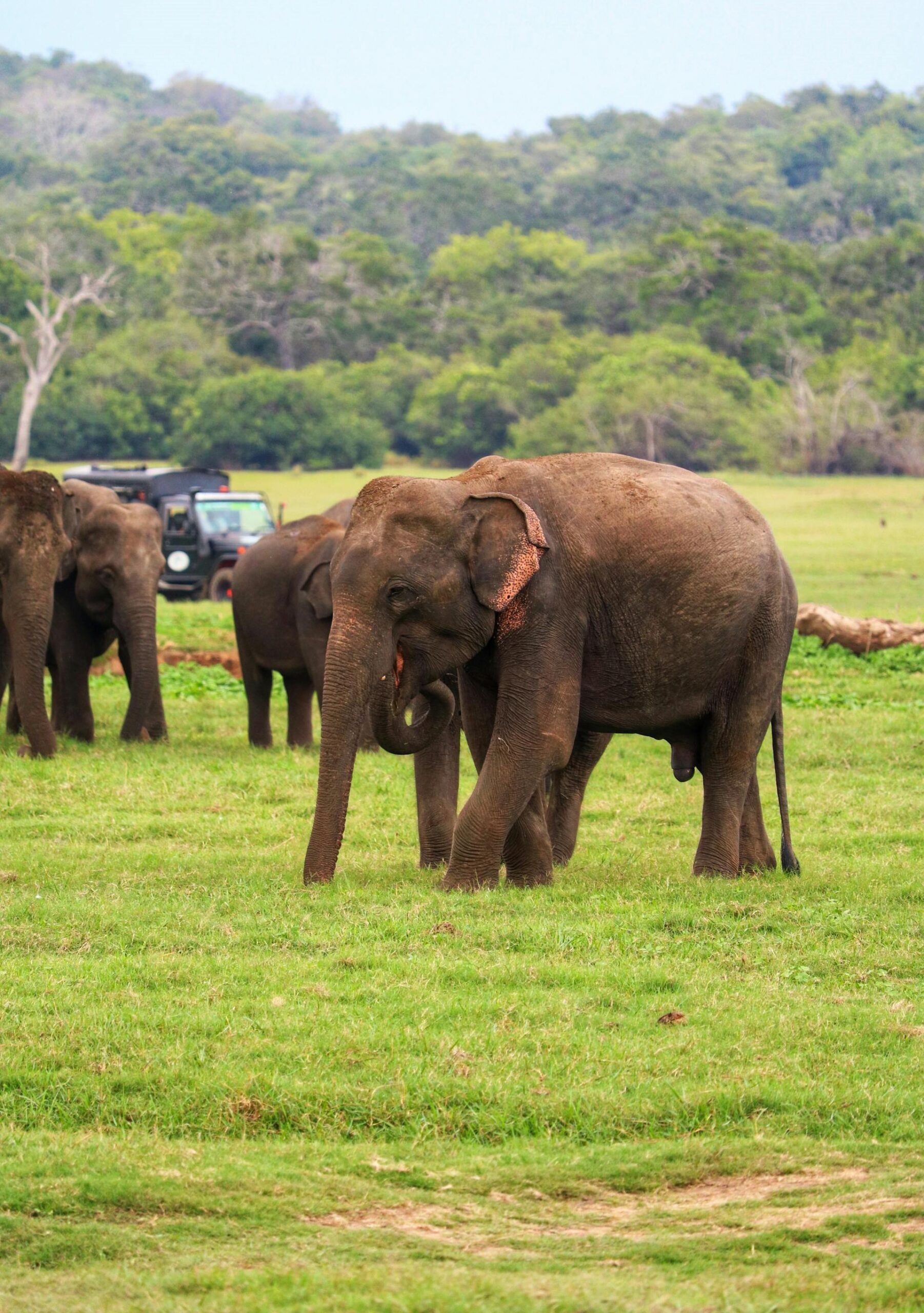5 Best Places to Watch Birds in Sri Lanka: A Birdwatcher’s Paradise
Dreaming of spotting vibrant birds in a tropical paradise? Sri Lanka, a global biodiversity hotspot, boasts over 450 bird species, including 34 endemics, making it one of the best places to watch birds in Sri Lanka. From dense rainforests to coastal wetlands, this island…
Kaludiya Pokuna Forest & Archaeological Site in Dambulla
The Kaludiya Pokuna Forest & Archaeological Site in Dambulla is a hidden gem in Sri Lanka, blending natural beauty and historical significance. If you’re a nature enthusiast or history lover, this serene location offers a unique escape from bustling tourist spots while immersing you…
Muthurajawela Marsh: A Hidden Gem in Negombo
Imagine a world where the serene beauty of nature blends seamlessly with the vibrant culture of a bustling city. This is Muthurajawela Marsh, a hidden gem nestled just a stone’s throw away from the bustling Negombo town in Sri Lanka. It is the southern…
Where to See Elephants in Sri Lanka: A Wildlife Lover’s Paradise
Sri Lanka, a breathtaking island nation, is renowned for its rich biodiversity and stunning landscapes. Among its many treasures, the majestic Asian elephant stands as a symbol of the country’s natural heritage. Home to one of the largest populations of these gentle giants, Sri…
Gal Oya National Park: Sri Lanka’s Hidden Wildlife Paradise
Sri Lanka, a resplendent island nation, boasts a treasure trove of national parks, each showcasing the country’s rich biodiversity. Yet, nestled amidst the more prominent ones lies a secret haven for nature enthusiasts – Gal Oya National Park. Often overshadowed by its illustrious counterparts,…
A Birdwatcher’s Paradise: Exploring the Kalametiya Bird Sanctuary in Sri Lanka
Sri Lanka’s southeastern coast boasts a hidden gem for nature enthusiasts – the Kalametiya Bird Sanctuary. Nestled in the Hambantota district, Kalametiya isn’t just a bird sanctuary; it’s a tapestry of diverse landscapes woven together to create a haven for a spectacular array of…
Discovering the Wonders of Negombo Lagoon: A Sri Lankan Oasis
Embark on a scenic voyage through Negombo Lagoon, a captivating haven between bustling Negombo town and the azure Indian Ocean. Spanning 35 square kilometers, this estuarine gem invites adventurers and nature enthusiasts to explore its serene waters, rich biodiversity, and cultural tapestry. Whether you…
Walawe River Safari: A Journey into Southern Sri Lanka’s Natural Splendor
Embark on an unforgettable adventure with the Walawe River Safari, a captivating boat tour that winds its way through the picturesque landscapes of the southern province of Sri Lanka. This immersive experience is renowned for its diverse wildlife, breathtaking scenery, and community-driven tourism initiatives….
Soaring into Paradise: Discovering the Splendors of Hambantota Bird Park
Nestled within the verdant landscapes of Hambantota, Sri Lanka, the Hambantota Bird Park stands as a sanctuary for avian enthusiasts and nature lovers. Spanning an expansive 50 acres, this avian haven is not just the largest bird park in South Asia; it’s a vibrant…
Ridiyagama Safari Park: A Wildlife Odyssey in Sri Lanka’s Southern Gem
Nestled in the southern reaches of Sri Lanka, the Ridiyagama Safari Park emerges as a wildlife haven, captivating visitors with its diverse ecosystems and the enchanting beauty of the island’s flora and fauna. Located near the historic town of Hambantota, this safari park unfolds…


